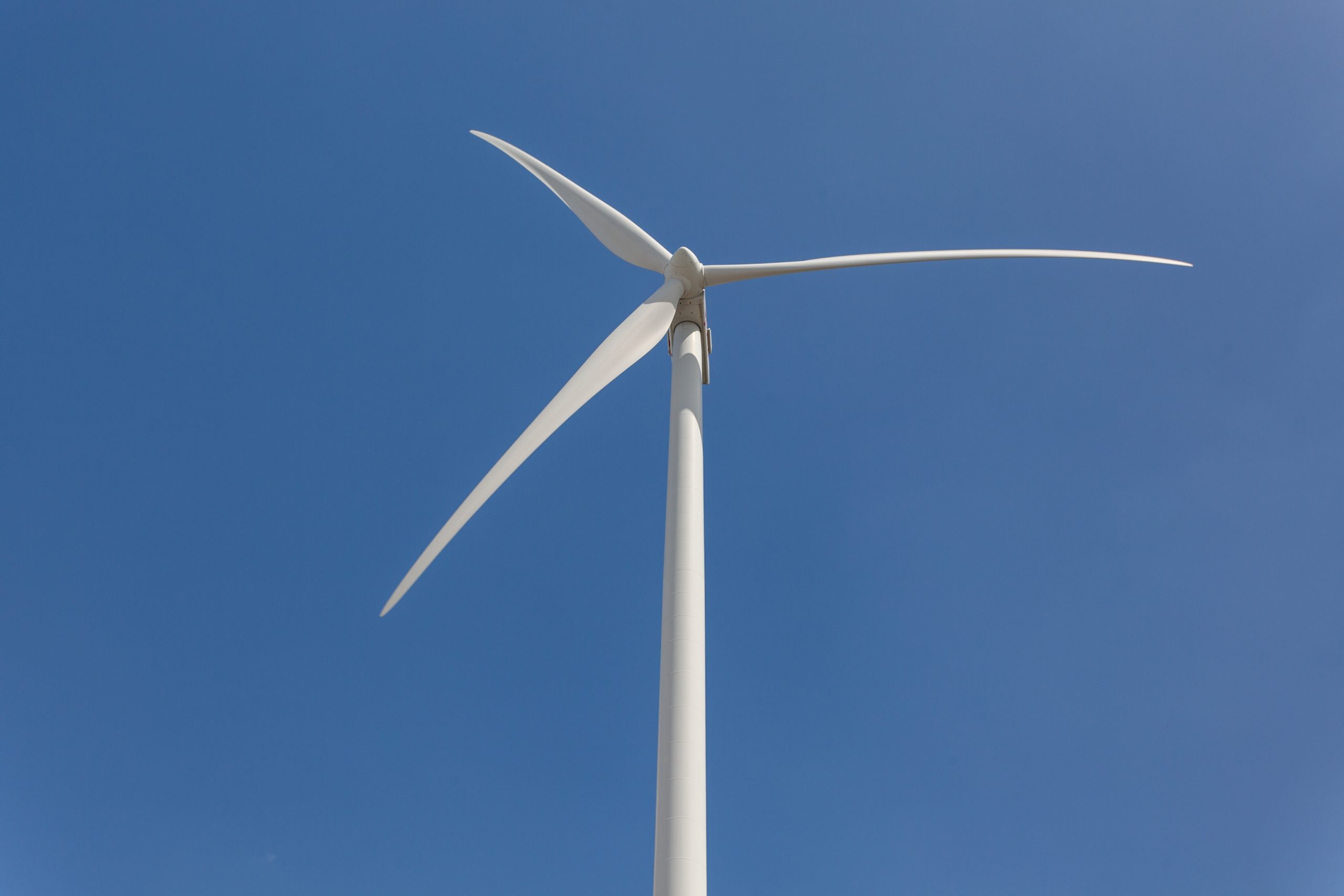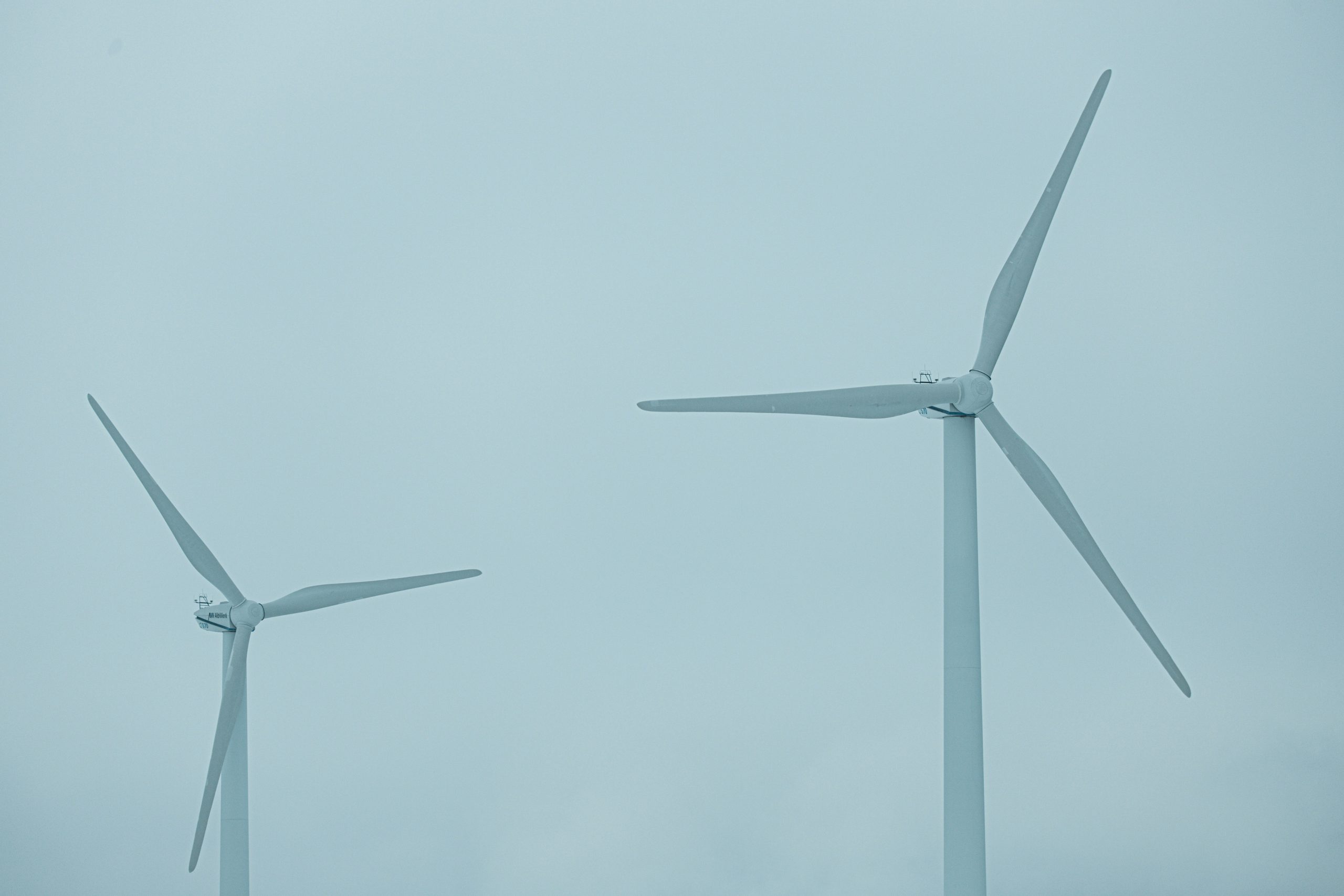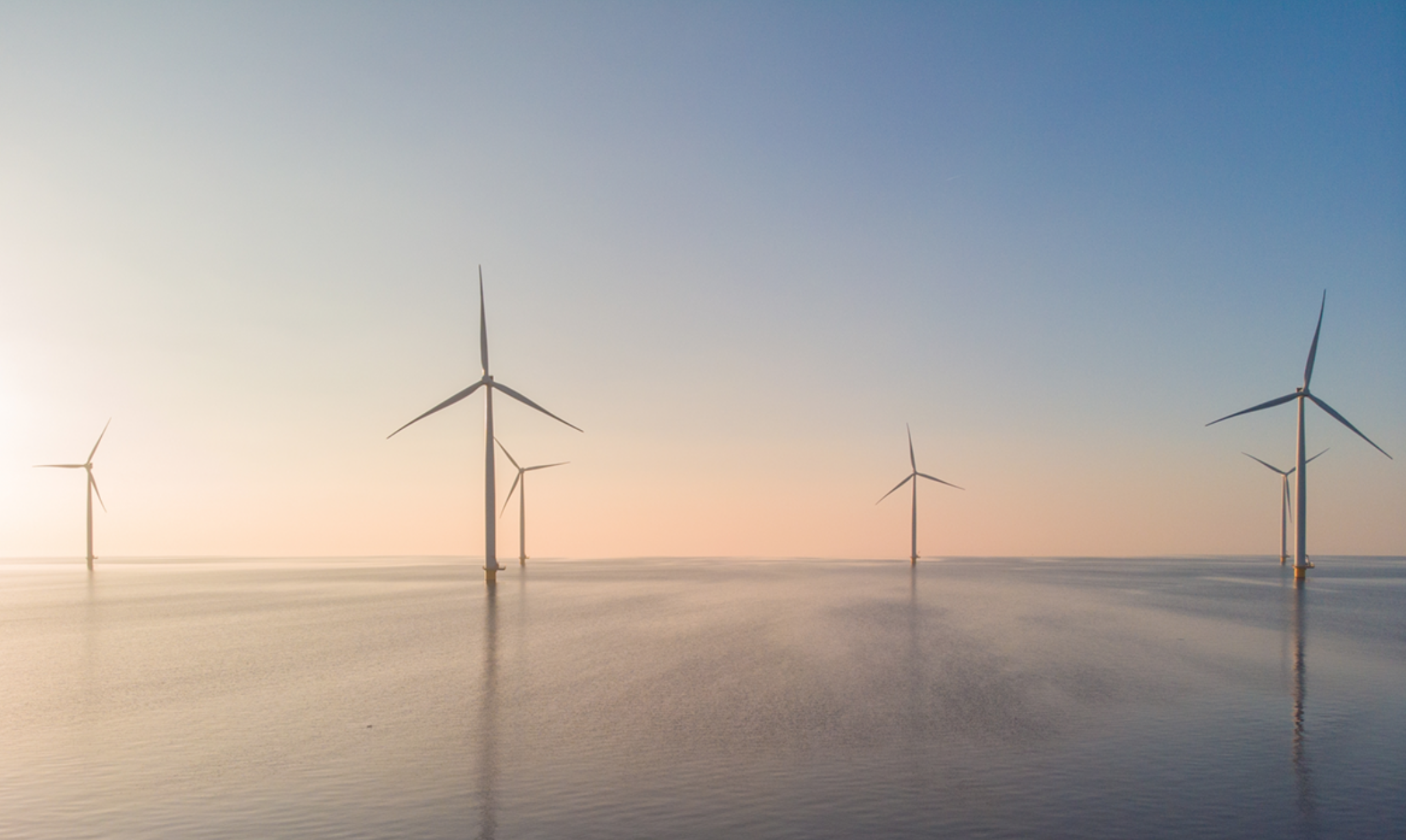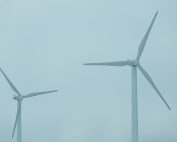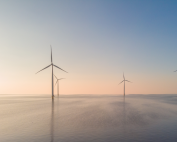The Ministry of Infrastructure has already published the results of all adjudication proceedings for the new areas planned for the so-called Phase II of the Polish offshore. Six locations were awarded in the past week, earlier this year the Ministry decided on five locations. In the case of one location, the process was not resolved due to the proximity of a NATO naval training ground.
Below, read comments of the representatives of Orlen Group and PGE – which received five locations each.
Daniel Obajtek, CEO of PKN ORLEN – “ORLEN Group is the best prepared company in Poland to implement large-scale investments in the offshore wind industry. This is the result of experience we have already gained in, among other things, the Baltic Power project and the construction of Poland’s first offshore wind farm installation terminal. We will use our competence in the construction of more farms, including on five new concessions we have just secured. The implementation of these investments may increase the ORLEN Group’s potential in offshore wind power to about 5.8 GW. The planned investments in the Baltic are key to the implementation of the multienergy company’s business strategy, but also to the energy security of the region.”
Wojciech Dąbrowski, President of the Management Board of PGE Polska Grupa Energetyczna – “PGE is the leader of offshore wind energy in Poland, achieving more than 7.3 GW of offshore capacity and exceeding the strategic goal of 6.5 GW of capacity built in the Baltic set for 2040. We are consistently working on comprehensive development of current and new offshore wind projects. The acquisition of another new area will allow us to accomplish this task. The new areas will be reflected in PGE Group’s strategy update. Poland needs new generation capacity of its own so that in the coming years it will be possible to limit the increase in the cost of electricity and, consequently, lower electricity bills for consumers. That is why we are investing in renewable energy sources, including wind farms in the Baltic Sea. Energy from offshore wind farms will be cheaper, as its generation does not involve paying for CO2 emissions. In this respect, the decisions on location permits for new offshore wind farms are extremely important to us, as they will allow us to achieve the PGE Group’s strategic goals and strengthen Poland’s energy security.”
PGE reports – the group scored the most points in the proceedings for area 45.E.1, which it applied for jointly with Ørsted. The location is directly adjacent to the area where PGE and Ørsted are building the Baltica 2 project. PGE will be able to build an additional 210 MW on the new area with its partner. The area has about 17 sq. km and is located approx. 32 km from the coast. Including the earlier PSzW settlement – although not yet final – PGE will be able to build an additional about 3.9 GW on the acquired areas, reaching a total of more than 7.3 GW of power and exceeding the strategic goal of 6.5 GW of power built in the Baltic set for 2040.
The ORLEN Group, on the other hand, stressed that their investments in offshore wind energy are one of the main directions of modern energy development. The company’s strategy is to obtain about 9 GW of installed RES capacity by 2030. Offshore wind projects are to account for a part of this. With the results announced by the Ministry of Infrastructure, the generation potential of the ORLEN Group’s concessions will increase by about 5.2 GW. ORLEN Group’s experience in the offshore wind power sector is primarily in the Baltic Power project implemented together with its Canadian partner Northland Power. This is currently the most advanced offshore wind farm project in Poland. The company has secured contracts for the supply of all key components necessary for the farm. In May 2023, Baltic Power began construction of an onshore infrastructure in the Choczewo Municipality to deliver electricity produced at sea to the national grid – the first investment of its kind in Poland. Work at sea will begin in 2024, and in 2026 Baltic Power’s farm will produce energy to power more than 1.5 million households.
